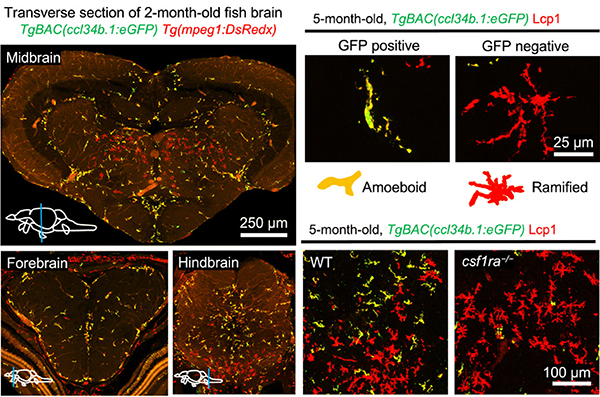
A research team led by Prof. Robert Qi revealed the mechanism of centrosome disjunction mediated by GAS2L1 during cell division.
Read MoreThe award is open to Chinese nationals under the age of 38 who have made outstanding contributions in the fields of medicine and life sciences.
Read More
Prof. Bik-Kwoon Tye and Prof. Danny Leung, in collaboration with the University of Hong Kong (HKU), recently made a breakthrough on how the ORC selects the site for origins of replications and the basis behind the divergence between humans and yeast.
Read More
Using zebrafish as an animal model, Prof. Zilong Wen and his research team identified two distinct microglial populations – the phagocytotic microglia and regulatory microglia. Their findings were published in the journal Science Advances.
Read More
A research team led by Prof. Tom CHEUNG, Associate Professor in the Division of Life Science at HKUST, revealed the relationship between Dek and Intron retention during muscle stem cell quiescence.
Read MoreIn this study published in the journal PNAS, Prof. Tom Cheung and his research team have found that a lncRNA, LncMyoD, regulates the differentiation of muscle cells through modulating chromatin accessibility.
Read MoreSeeing how Alzheimer’s disease has turned her beloved aunt from a sprightly 75-year-old to a confusing mind, Dr. Fanny IP Chui-Fun says the experience is frustrating for her as a neuroscientist because the disease remains incurable.
Read MoreMr. Simon Wong has donated HK$182K to the LIFS Development Fund.
Read More